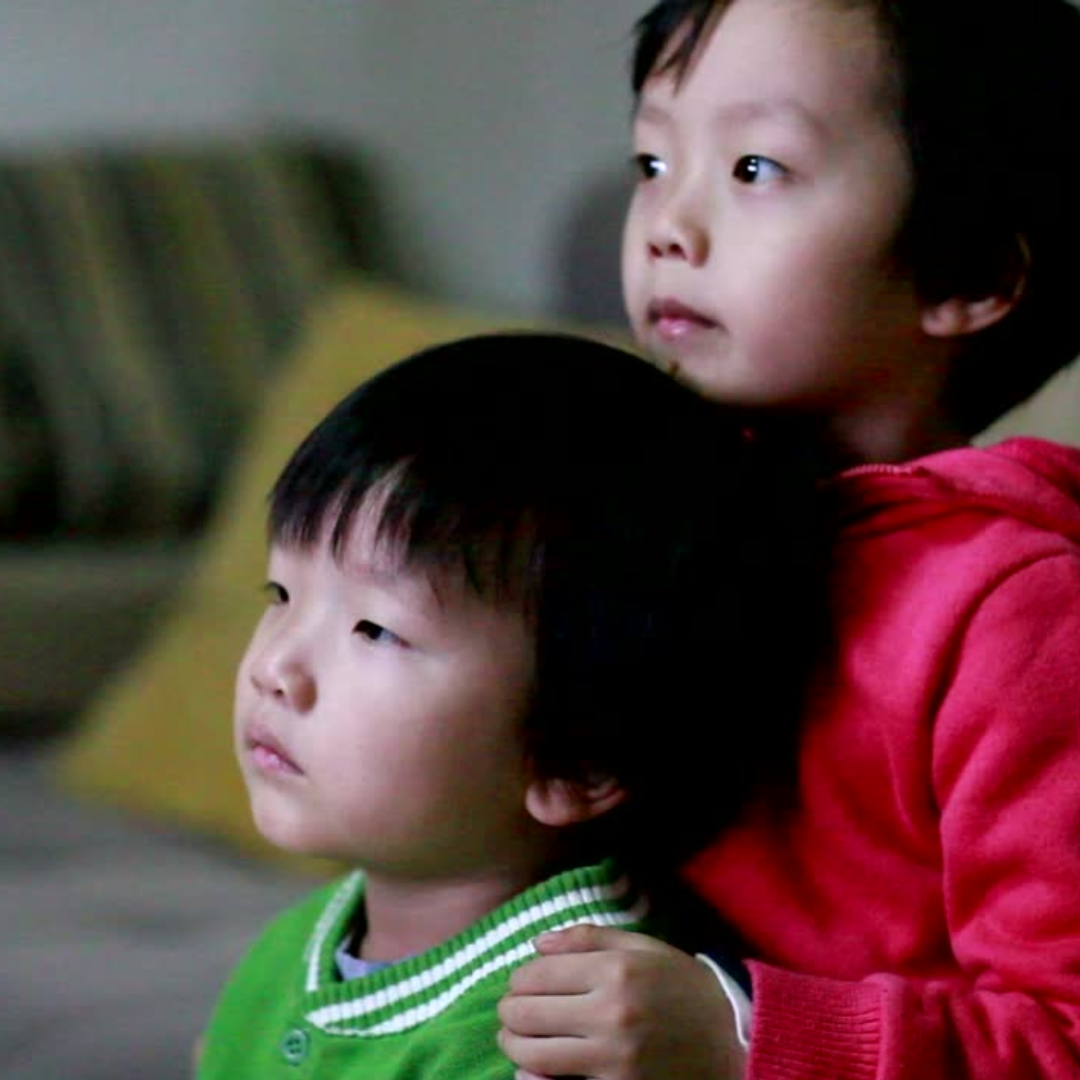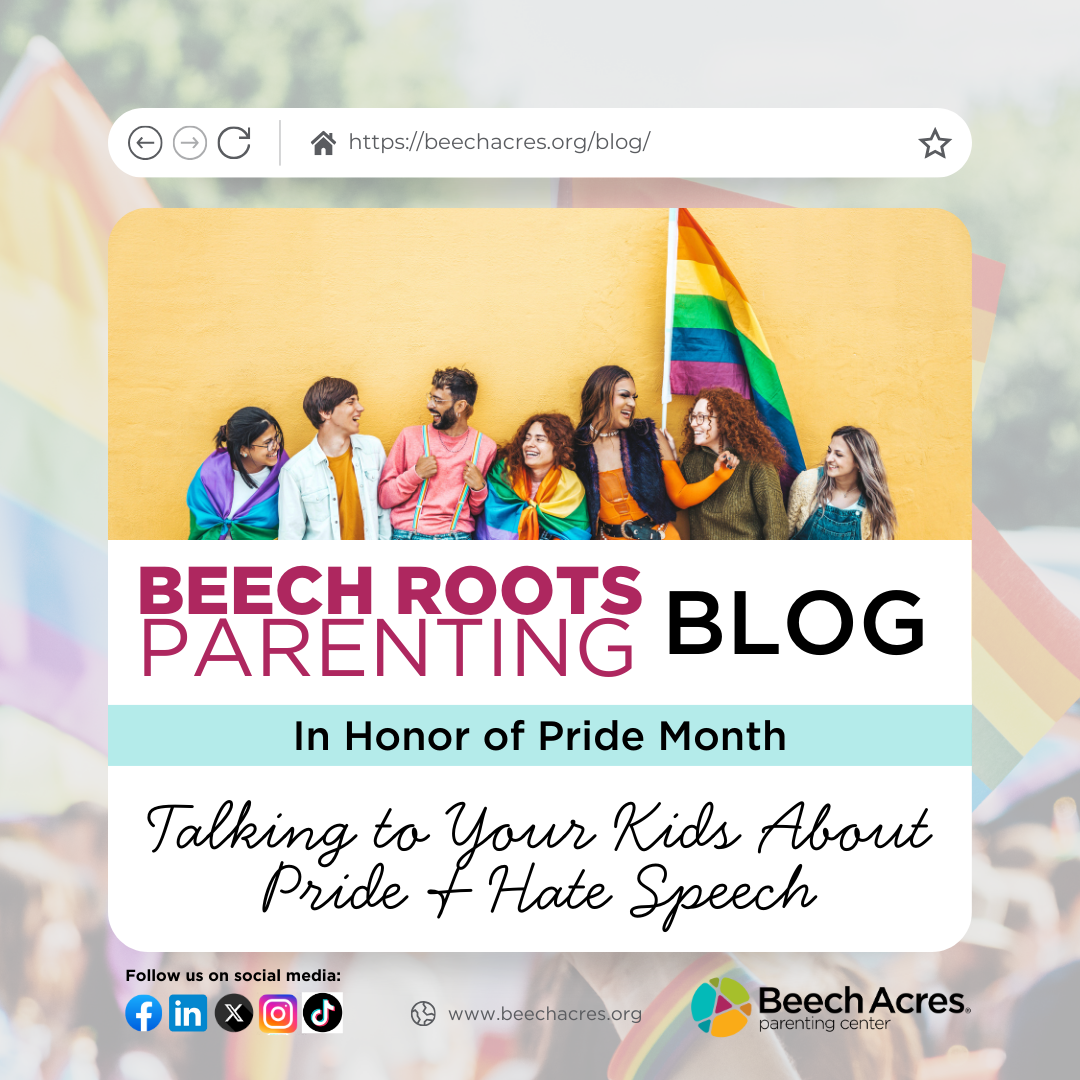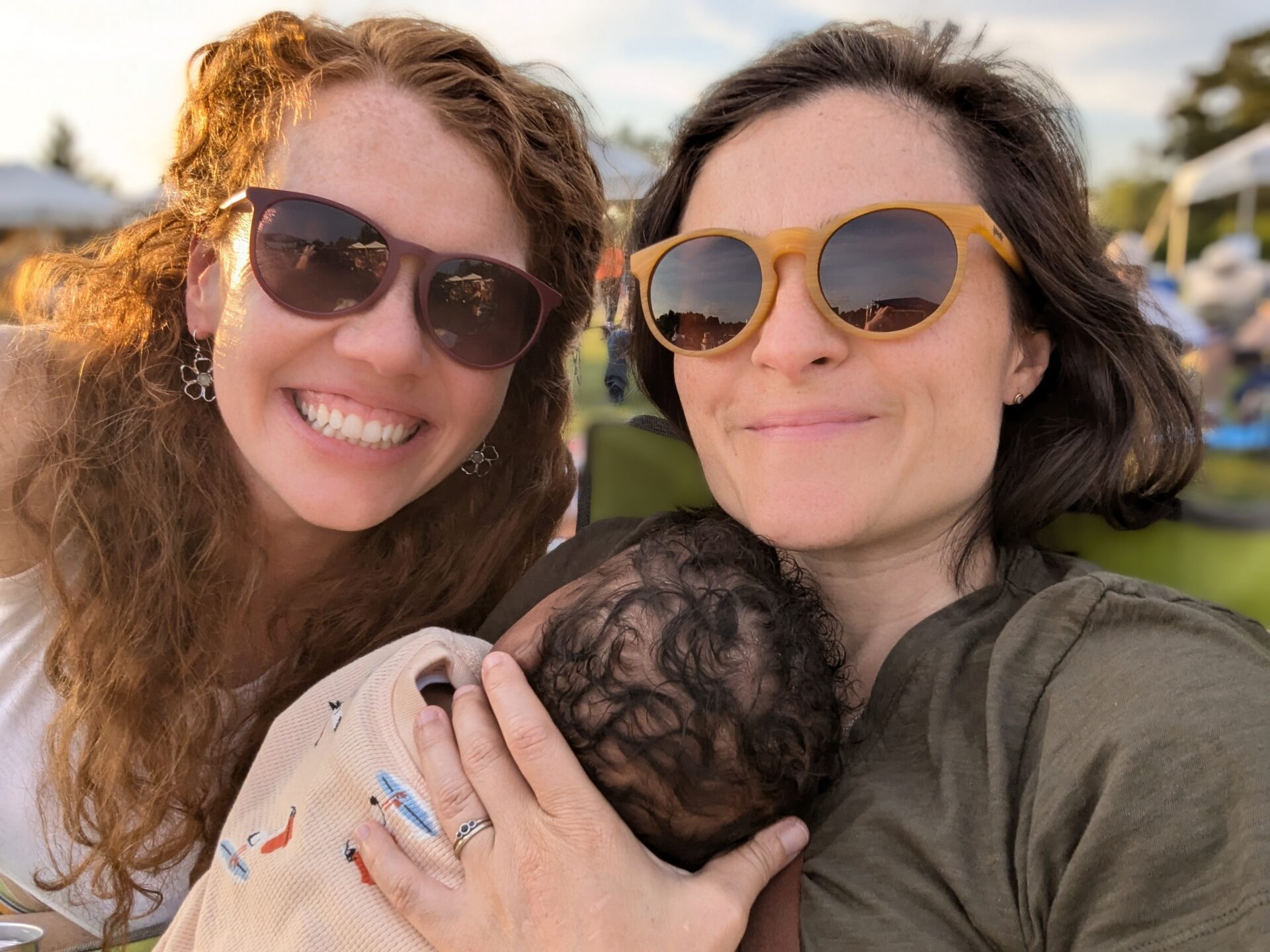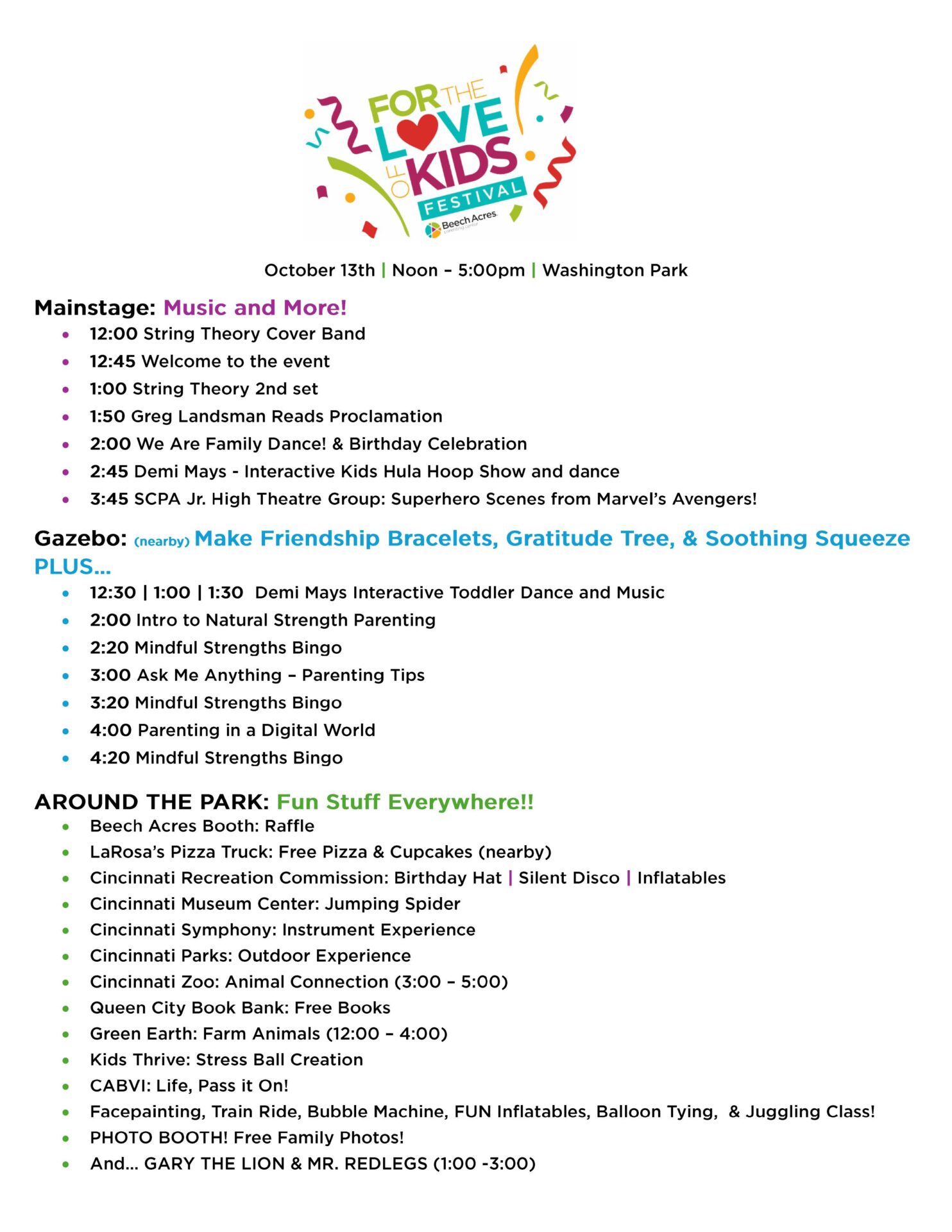Help Your Children Become Comfortable Wearing Masks To Protect Themselves and Others

Help Your Children Become Comfortable Wearing Masks To Protect Themselves and Others
Wear A Mask To Protect Yourself and Others
Among the most significant impacts the coronavirus pandemic has had on our culture has been the shift to wearing face masks to protect ourselves and those around us. While wearing a mask is not uncommon in other parts of the world, specifically in regions that have previously battled respiratory outbreaks such as SARS or MERS, the concept is relatively new for Americans. Recent surges in the number of cases and the latest science have The Centers for Disease Control and Prevention (CDC) urging all Americans to wear masks to prevent the spread of COVID-19.
As states look toward the start of a new school year, many, including Ohio are also imploring their residents to wear masks.
The fact is wearing a face mask is a big change and can be inconvenient, uncomfortable, and a little scary, especially for kids. Consider how you feel about wearing a mask to the grocery store, the bank, or anywhere you’re going to be around others. Your child’s anxiety and confusion are likely much worse.
The Centers for Disease Control and Prevention (CDC) are currently “advising the use of simple cloth face coverings to slow the spread of the virus and help people who may have the virus and do not know it from transmitting it to others.” Wearing a mask, along with social distancing, is important to mitigating your risk of being exposed to or spreading the virus. Your kids, like you, are probably ready to get out of the house, so before you head to the store, or out to exercise, or anywhere you are going to be around others, prepare your kids to wear their mask safely and to be ready to see others wearing masks.
Pro tip: Model the behavior you are seeking to create. If wearing a mask is important to you, make sure you are wearing yours as well.
Prep Your Younger Kids
Start by checking out photos of different types of masks. You may be wearing a mask you purchased online, a friend or family member made for you, or even one you made yourself, but it’s a good idea to familiarize your younger child with masks. Look up characters in movies like Batman, Spider-Gwen, or Darth Vader. Explain that they may see lots of different types of masks but explain to them that whatever the mask looks like the person is wearing it to protect themselves and you.
Explain to them why you are wearing a mask. It is essential that they understand the risks of getting sick and how a mask may protect you and your family. This may be a good opportunity to discuss your family’s values of health, safety, and respect. After all, one of your main goals as a parent is to keep your children safe and healthy. Also remember that kids are great at overusing their strength of creativity to create their own stories that may be far scarier than reality.
Finally, have them try their mask on a favorite doll or stuffed animal before trying it on themselves. Make sure they are comfortable wearing their mask and keeping it on for the amount of time you will be out. This PDF from Affinity Consulting can help.
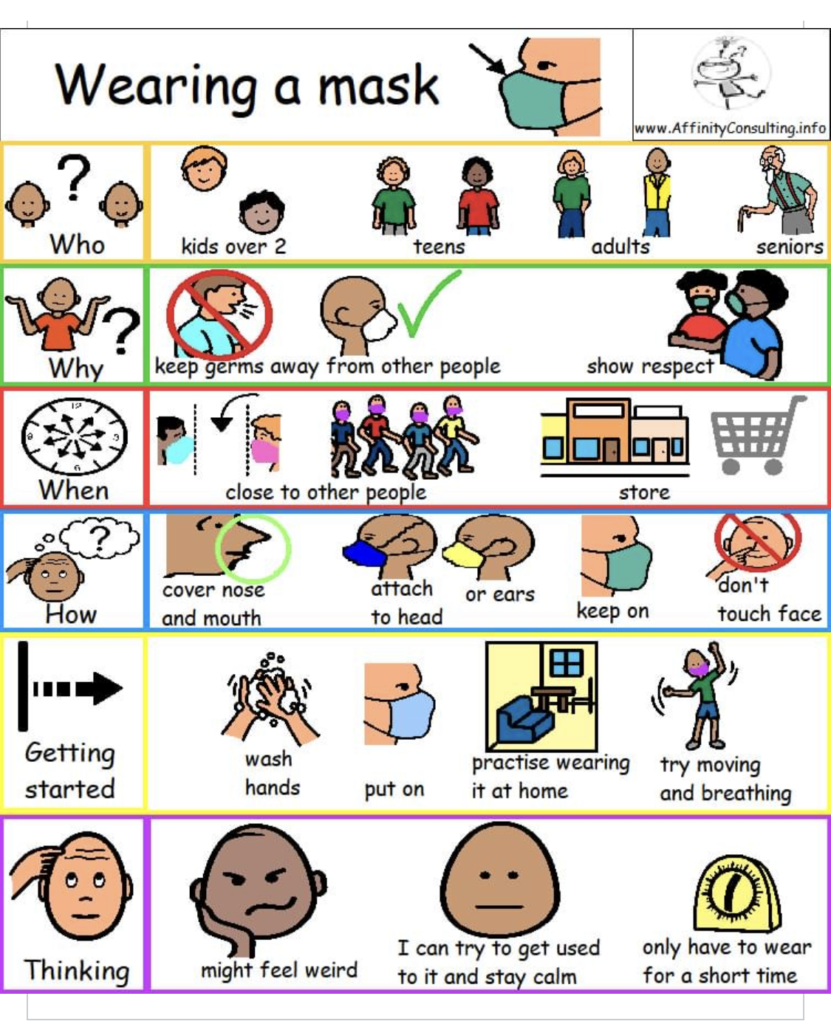
Pro tip: Masks with their favorite characters, familiar design, or favorite colors can help your child feel more comfortable wearing their masks.
Make Sure Your Tweens, Pre-Teens, and Teenagers Are Safe
Your older children probably have a better understanding of how viruses are transmitted and may know more about the severity of the current pandemic. They may also have more anxiety because of this. Start by having a conversation with them about the pandemic and make sure you are sharing as many easy to understand facts as you can. Answer their questions and offer reassurance where you can.
Make sure they understand how to put on and remove their masks safely. Make sure they only touch the straps or ear hooks. If they touch their masks or are wearing a bandana or buff-type cover, make sure they wash their hands for 20 seconds or use hand sanitizer immediately afterward.
Finally, if your teen leaves a trail of their possessions across the floor when they come home (their backpack, their shoes, their coat, their keys, their phone) they are probably going to toss their mask as soon as they walk in their door. Make sure they don’t leave their masks lying around. Either throw away disposable masks or wash cloth ones regularly.
Pro tip: Keep your conversations brief and to the point while addressing any questions they may have. While this is important you want to make sure your child is not overwhelmed.
Getting Back To The New Normal
Social distancing, caution, and masks are likely going to be part of our lives for a while as we learn more about COVID-19 and move toward decreasing the spread or finding a vaccine. As government restrictions, including stay-at-home orders, are lifted you may find your family getting “back to normal”. This may include going shopping, attending church, going out to eat, attending camp, or playing sports. This may put them in situations where they are wearing their masks for extended periods of time and where they are around others. Make sure they understand if they need a break from their masks, take a few GIANT steps away from everyone else, safely remove the mask using the straps or ear hooks, and take a break. Before they are near others, make sure they put their mask on correctly and wash their hands or use hand sanitizer.
Wearing a mask in public can help mitigate the risk of spreading droplets that may contain the coronavirus or other infections. While it may be different and scary, it is an important and responsible way to protect your family and those you may encounter. Having open conversations with your children, answering their questions and addressing their fears, and making sure they are comfortable wearing their masks safely can make this shift easier to handle for your whole family.


